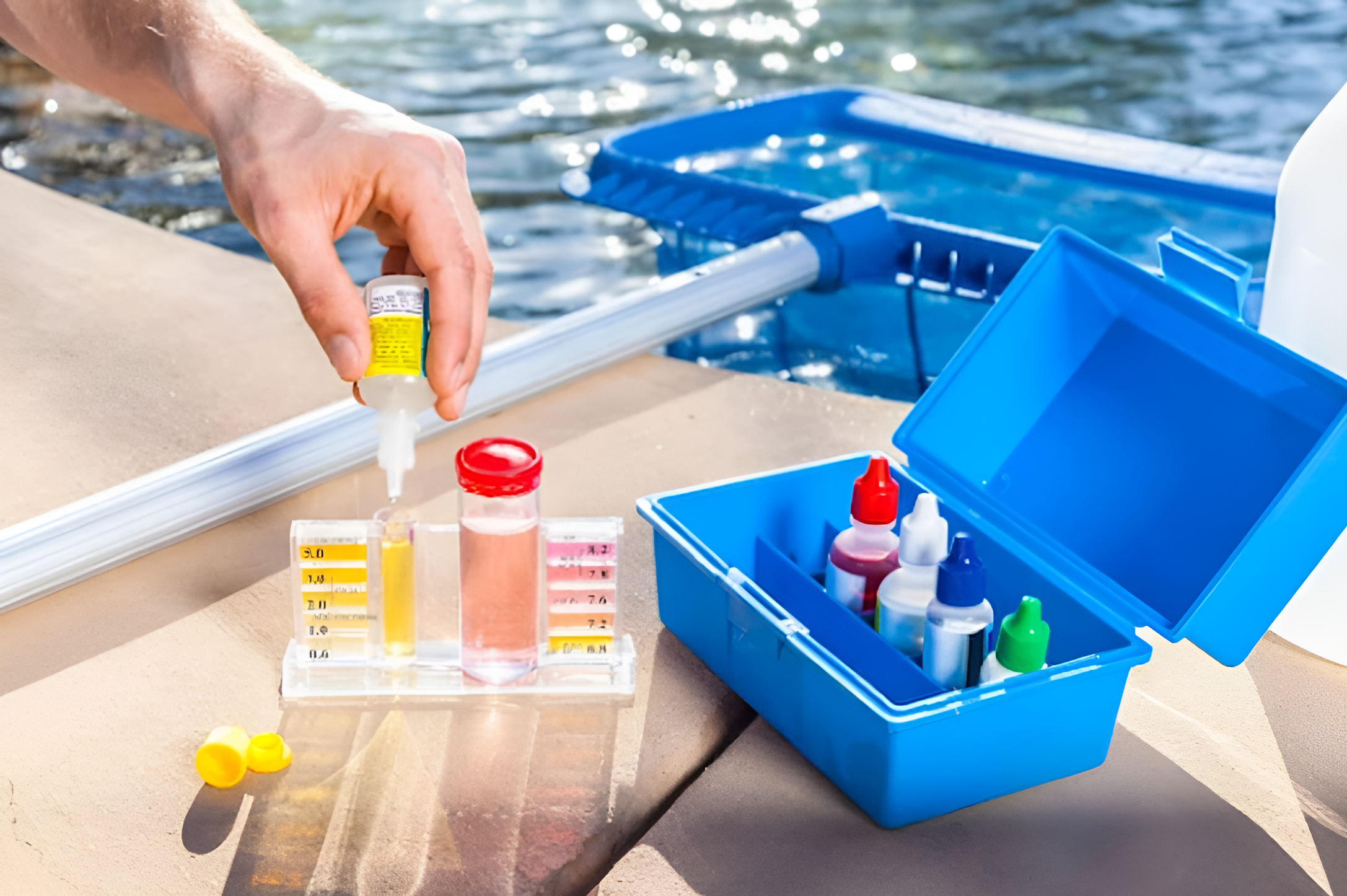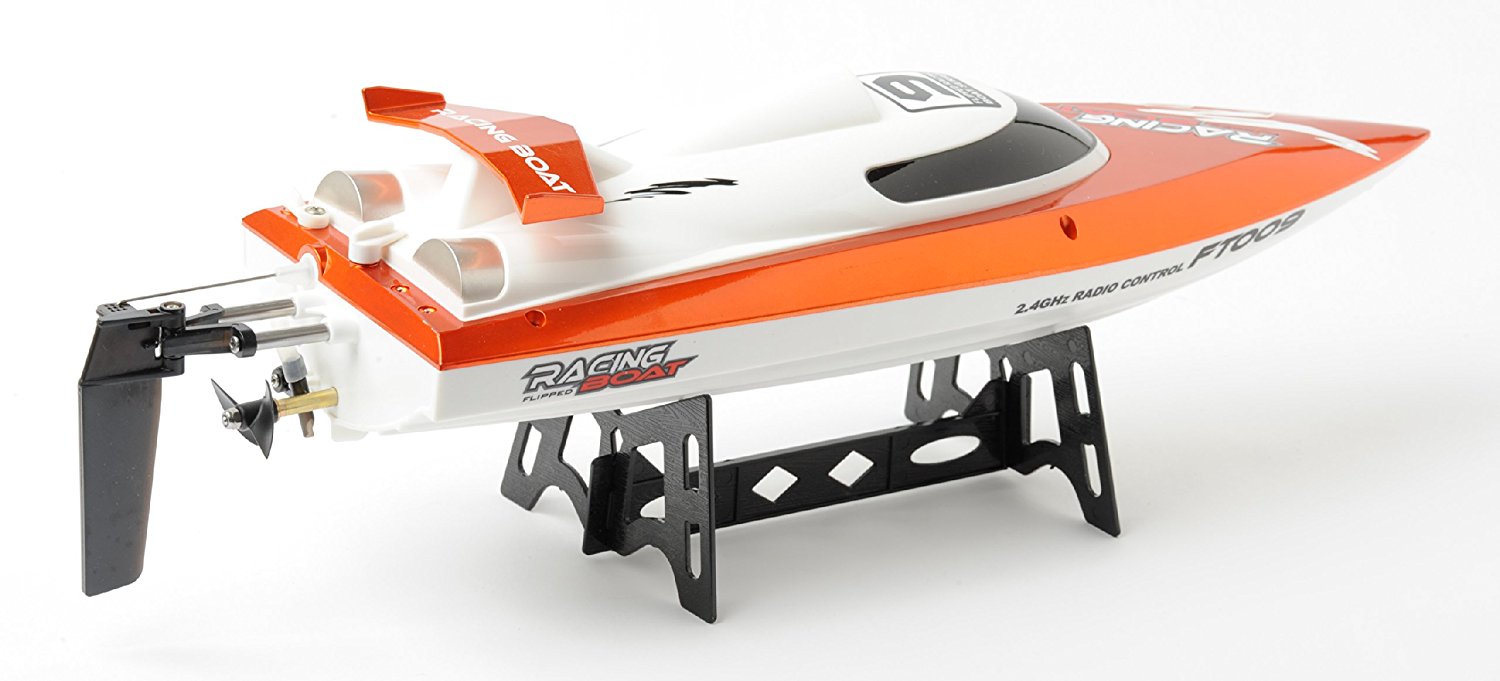Introduction
Pool ownership can be incredibly rewarding, but it comes with its share of challenges—one of the most common being calcium hardness. If left unmanaged, high calcium levels in your pool can lead to unsightly scaling, equipment damage, and murky water. Understanding how to manage and remove calcium hardness is crucial to maintaining a pristine, long-lasting pool.
In this guide, we’ll explore what calcium hardness is, why it’s a problem, and how you can effectively remove it while preventing future issues.
Phoenix, AZ, is known for its hard water, and calcium buildup in pools is a common issue for homeowners. Over time, high calcium hardness levels can lead to scaling on pool surfaces, cloudy water, and damage to pool equipment. Professional calcium hardness removal services in Phoenix offer effective solutions to restore water balance and keep your pool in pristine condition.
Whether you need partial draining, chemical treatments, or advanced methods like reverse osmosis, these services help maintain optimal calcium levels, protecting your pool from costly repairs and ensuring its longevity. Trust the experts in Phoenix to provide eco-friendly, cost-effective options for managing calcium hardness and keeping your pool ready for endless enjoyment in the Arizona heat.
For reliable calcium hardness removal in Phoenix, AZ, contact your local pool care specialists today!
What Is Calcium Hardness in Pools?
Calcium hardness refers to the concentration of calcium ions in your pool water. While some calcium is necessary for water balance, excessive levels can lead to scaling and other issues.
Causes of Increased Calcium Levels
- Hard water supply: Water from certain regions naturally contains high levels of calcium.
- Evaporation: As water evaporates, calcium and other minerals are left behind, gradually increasing hardness.
- Overuse of calcium-based chemicals: Excessive use of products like calcium hypochlorite can inadvertently raise calcium levels.
Why Is Calcium Hardness a Problem?
High calcium hardness can create several problems for your pool, including:
1. Effects on Pool Surfaces and Equipment
Excess calcium can form hard, chalky deposits on tiles, walls, and other surfaces. It can also clog filters and damage pool heaters, reducing their efficiency and lifespan.
2. Impact on Water Clarity
Calcium buildup often results in cloudy or milky water, which can make your pool less inviting and more challenging to maintain.
How to Test for Calcium Hardness
Regular testing is key to keeping calcium levels in check.
Tools Required for Testing
- Test kits: Specific calcium hardness test kits are available for accurate readings.
- Digital testers: Advanced testers provide quick and precise results.
Recommended Calcium Hardness Levels
- Ideal range: 200–400 ppm (parts per million)
- Levels above 400 ppm typically require corrective action.
Methods to Remove Calcium Hardness
1. Partial Draining and Refilling
One of the most straightforward methods is to partially drain the pool and refill it with fresh, lower-hardness water.
Steps:
- Test your water to determine how much needs to be replaced.
- Drain a portion of the pool, usually 1/3 to 1/2.
- Refill with soft or treated water to lower calcium levels.
2. Use of Specialized Calcium-Reducing Chemicals
Products like calcium sequestrants or chelating agents can bind excess calcium, preventing it from forming scale.
Pros:
- Easy to apply.
- Does not require draining.
Cons:
- Requires frequent reapplication.
- Doesn’t permanently remove calcium—only prevents scaling.
3. Reverse Osmosis (RO) Treatment
Reverse osmosis is a high-tech solution that removes calcium and other impurities from pool water.
Advantages:
- Extremely effective, reducing calcium to optimal levels.
- Preserves most of your pool water, minimizing waste.
Drawbacks:
- Expensive.
- Requires professional services.
Preventing Calcium Buildup
Prevention is always better than cure. Here are some tips to keep calcium hardness in check:
1. Regular Maintenance
- Test water weekly to monitor calcium levels.
- Maintain balanced pH and alkalinity, as imbalances can exacerbate calcium scaling.
2. Using the Right Water Source
- Avoid filling your pool with hard water.
- Consider using a water softener or pre-filter to reduce calcium levels in the supply.
Signs That Your Pool Has Excessive Calcium Hardness
1. Scale Deposits on Tiles and Walls
White, chalky deposits are a clear sign of excessive calcium levels. These deposits are often stubborn and difficult to remove.
2. Cloudy or Milky Water Appearance
If your pool water loses its sparkle and appears cloudy despite regular cleaning, high calcium may be the culprit.
Step-by-Step Guide to Removing Calcium Hardness
- Test the Water
- Determine the current calcium hardness level using a test kit.
- Choose the Right Solution
- Decide between draining, chemicals, or reverse osmosis based on your budget and severity of the issue.
- Apply the Method
- Follow manufacturer instructions carefully if using chemicals.
- Monitor progress over time to ensure calcium levels decrease to the recommended range.
Do’s and Don’ts When Dealing With Calcium Hardness
Do’s
- Regularly test and balance your pool water.
- Address scaling issues as soon as they appear.
Don’ts
- Don’t ignore high calcium levels, as they can lead to costly repairs.
- Avoid overusing calcium-based pool chemicals.
Cost of Removing Calcium Hardness
DIY Methods
- Test kits: $15–$30
- Chemicals: $20–$50 per treatment
- Partial draining: $50–$200 (depending on water costs)
Professional Services
- Reverse osmosis: $300–$700, depending on pool size.
READ MORE : Phoenix, AZ, is known for its hard water, and calcium buildup in pools is a common issue for homeowners.
Environmental Considerations
-
Safe Disposal of Calcium-Contaminated Water
- Always drain pool water into approved areas to avoid environmental harm.
-
Eco-Friendly Alternatives
- Opt for reverse osmosis or minimal draining to conserve water.
How Calcium Hardness Affects Pool Longevity
Maintaining the right calcium levels can extend the lifespan of your pool surfaces and equipment. Regular monitoring and timely corrections can prevent scaling, erosion, and damage, saving you money in the long run.
Conclusion
Calcium hardness removal is an essential part of pool maintenance, ensuring clear water, long-lasting surfaces, and efficient equipment. By understanding the causes, testing regularly, and using the right removal methods, you can keep your pool in pristine condition year-round.




